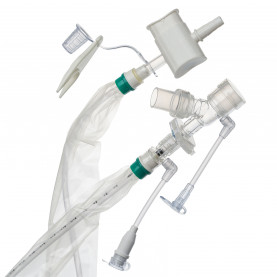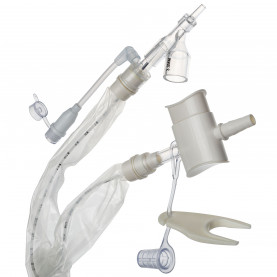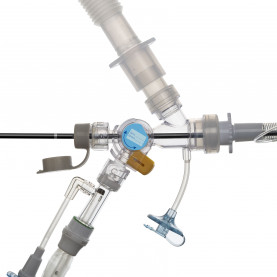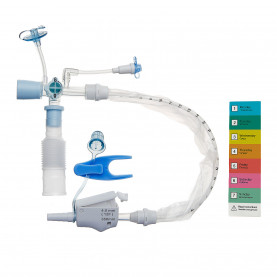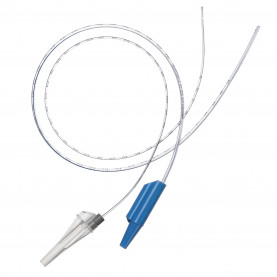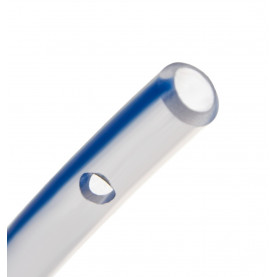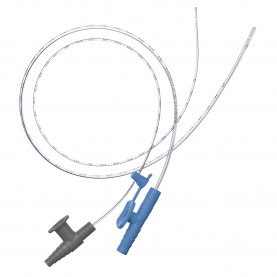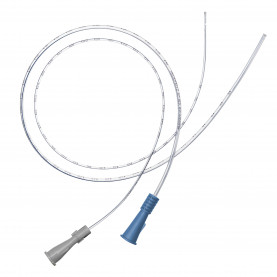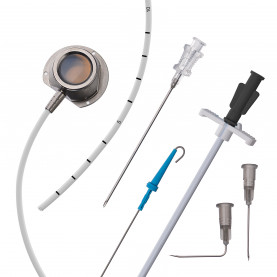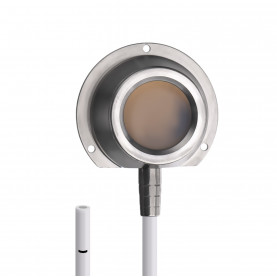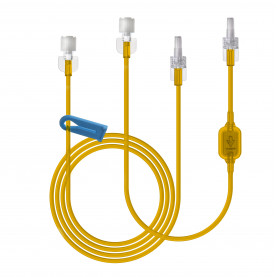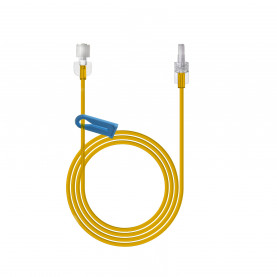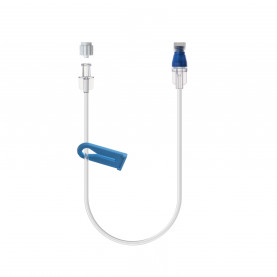International team identifies gene associated with Crohn’s and Parkinson’s
The study showed that people who carry the mutation in the LRRK2 gene are at high risk of developing Crohn’s, a serious gastrointestinal condition.

An international team that included researchers from the University of Haifa has identified a genetic mutation associated with Crohn’s Disease that was previously connected to Parkinson’s disease. The discovery was recently published in the prestigious journal Science Translational Medicine.
The study showed that people who carry the mutation in the LRRK2 gene are at high risk of developing Crohn’s, a serious gastrointestinal condition. That the mutation was previously identified as a risk factor for developing Parkinson’s disease was very surprising, said Prof. Gil Atzmon, head of the university’s laboratory of genetics and epigenetics of aging and longevity, one of the partners in the study.
“Researchers have not identified until now any similar or associated mechanisms involved in Crohn’s, a bowel disease, and Parkinson’s, a degenerative brain disease,” Atzmon said. “One possibility is that there is no connection, and that this gene is responsible for different and unrelated functions in the body. Another possibility we examined is that the enhanced expression of an area in this gene encourages phosphorylation, influencing a cascade of events each of which leads in turn to the outbreak of either or both of these diseases.”
Crohn’s is an inflammatory bowel disease that develops in three to 14 people out of every 100,000 in any given year. The disease is particularly prevalent in two main age groups: 15 to 30 years and 60 to 80 years. The reasons for the development of the disease remain unclear, but may involve a combination of environmental, genetic and immune factors.
The current study, which involved some 50 researchers from around the world, sought to examine whether there are mutations of specific genes that are more common among Crohn’s patients than among those who do not have the disease. The initial examination related to 5,700 people of Ashkenazi Jewish origin, including both Crohn’s patients and those without the disease.
Atzmon explained that the genetic affinity among Ashkenazi Jews makes them a kind of “family” in genetic terms, thereby facilitating the identification of a clear association between gene mutations and the expression of the disease. Moreover, as Crohn’s Disease is particularly prevalent among Ashkenazi Jews, they are the ideal group to study the impact of genetic changes. After the findings were obtained, the researchers examined the genetic association among a much larger group of some 25,000 subjects from around the world.
The findings showed that a specific mutation in the LRRK2 gene creates a statistically significant distinction between those with and without Crohn’s disease. The mutation is almost twice as prevalent among patients as among people without Crohn’s. Atzmon suggests that since the mutation leads to functional changes in the coded protein, the probability that a carrier of the mutation will develop the disease is particularly high.
The practical significance is that geneticists can already identify carriers of the gene at a young age. That way, doctors can recognize that the patients are in a risk group and need constant monitoring and adjustment of lifestyle in the hope of lowering the chance of disease outbreak, he said. If they are carriers, medical monitoring will enable intervention in the early stages of the development of the disease. Even more importantly, carriers will be able to adjust their lifestyle in order to reduce drastically the chance of an outbreak of Crohn’s – for example, by quitting smoking (or not starting to smoke), trying to reduce stress and emotional anguish and avoiding highly processed foods.
In the long term, Atzmon concluded, “the development of a drug that could respond both to the risk of Crohn’s and the risk of Parkinson’s could be a real breakthrough that will be beneficial for large numbers of people.”


